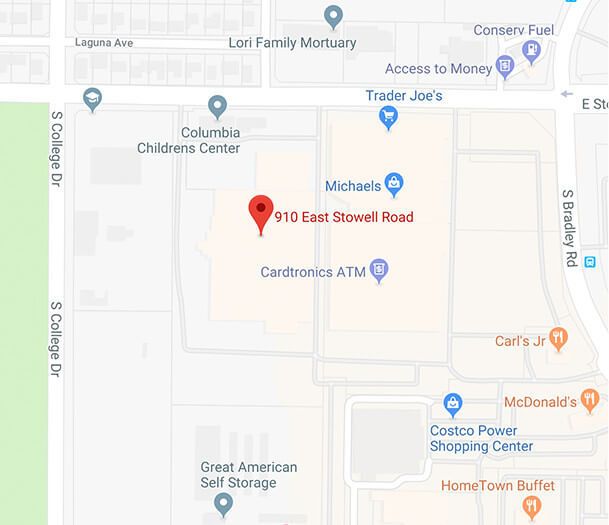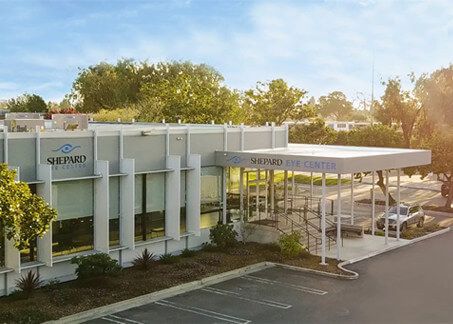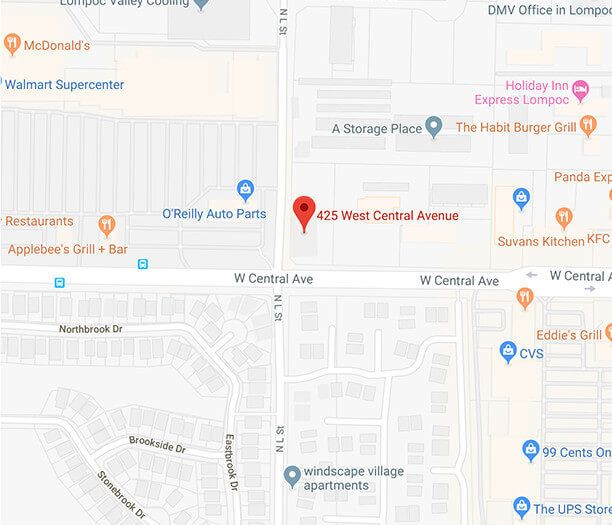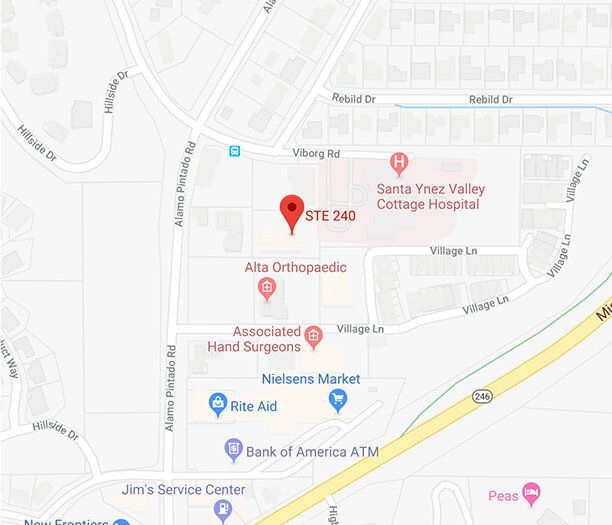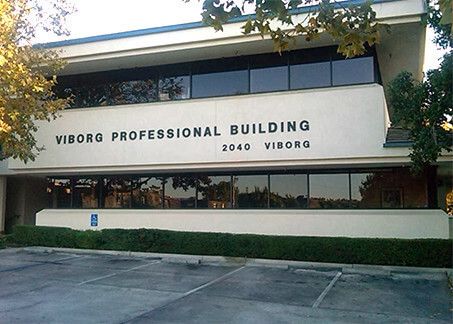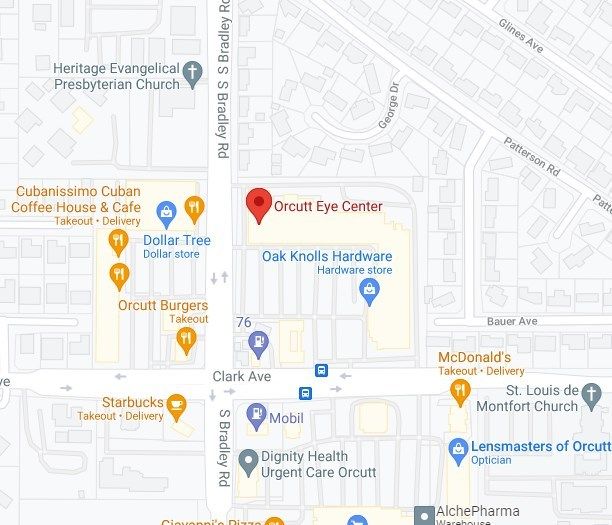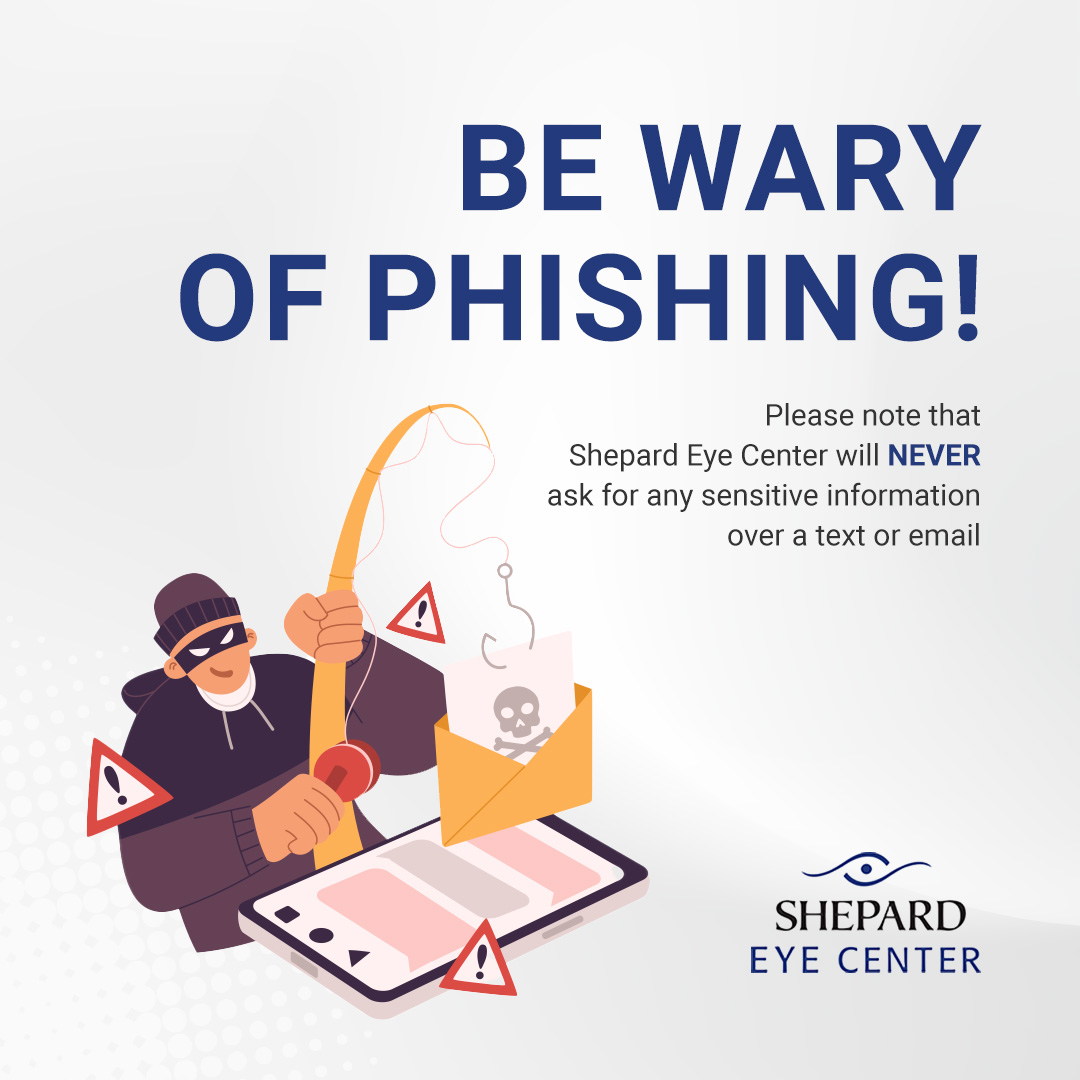
Do you have trouble seeing clearly at different distances? Do you need glasses or contacts to read, drive, or watch TV? If your answer to any of these is yes, refractive lens exchange might interest you.
Understanding Refractive Lens Exchange
Refractive lens exchange is a procedure that replaces your natural lens with an artificial one. The artificial lens can correct your vision problems. It can help you see better at near, far, and intermediate distances. Refractive lens exchange can treat multiple vision conditions at once, such as:
Presbyopia: This is the loss of near vision that happens with age.
Myopia: This makes it hard to see distant objects clearly, such as road signs or movie screens.
Hyperopia: This makes it hard to see close objects clearly, such as books or menus.
Astigmatism: This is a condition that causes blurry vision at any distance. It happens when the shape of your eye is not perfectly round.
Refractive lens exchange can correct all these conditions with one procedure.
Benefits
Here are some of the benefits of refractive lens exchange:
It can reduce or eliminate your need for glasses or contacts.
It can prevent cataracts that can cause blurry vision, glare, and halos.
It can improve your quality of life. You can read, work, play, and travel more confidently and comfortably.
How Does Refractive Lens Exchange Work?
Refractive lens exchange replaces the eye’s natural lens with a synthetic one. It can correct your vision problems and prevent cataracts. The procedure has two main parts:
The first part entails choosing the artificial lens. Your eye doctor will check your eyes and measure your vision. They will guide you in selecting the best lens type for your eyesight.
You can choose from monofocal, multifocal, and toric lenses. These lenses can fix your vision issues, such as nearsightedness, farsightedness, astigmatism, or presbyopia.
The second part is replacing the natural lens. Your eye doctor will use drops to make your eye numb and create a tiny incision in the front of your eye. They will use a special device to remove your natural lens. Then they will put the artificial lens into your eye and position it correctly. They will close the cut with stitches or a self-sealing method.
Your eye doctor will give you eye drops and guidelines to follow after the procedure. You need someone to drive you home and help you for a while. Your eyesight will improve gradually in the next few days or weeks.
Is Refractive Lens Exchange Right for You?
Refractive lens exchange is a procedure that can fix multiple vision problems by changing your eye’s natural lens with an artificial one. It is usually for people over 40 with presbyopia or other vision issues. It may not suit you if you have certain eye diseases or conditions or expect perfect vision without glasses or contacts.
Conclusion
Talk to your eye doctor to determine if refractive lens exchange suits you. They can assess your eyes and explain the benefits and drawbacks. They can also address any queries or worries about the procedure.
For more information on refractive lens exchange, visit Shepard Eye Center at our offices in Lompoc, Santa Maria, Orcutt, or Solvang, California. Call (805) 793-1800, (805) 667-0100, (805) 937-9532, or (805) 410-9998 to book an appointment today.









